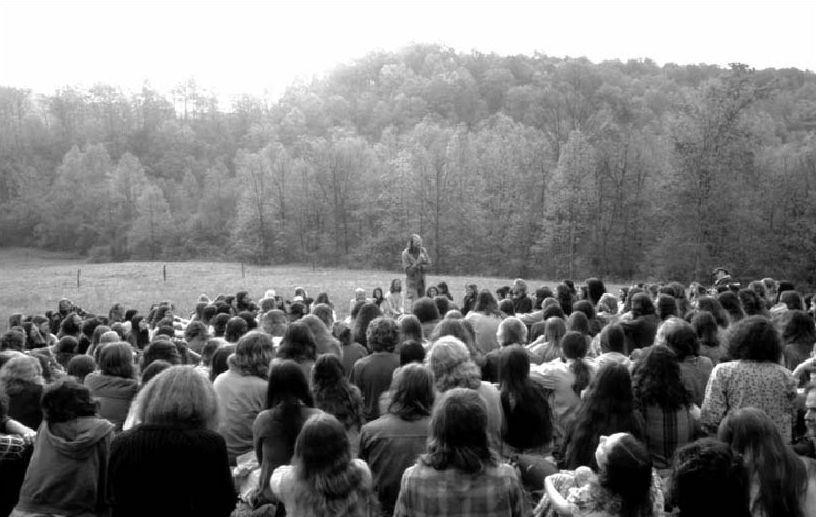No Looking After the Internet is a monthly “looking group” that invites participants to look at a photograph (or series of photographs) they are unfamiliar with, and “read” the image out-loud together. Chosen in relation to an exhibition, an artist’s body of work, or an ongoing research project, the looking group will focus on difficult images that present a challenge to practices of looking. If these images ask the viewer to occupy the position of the witness, No Looking offers the space and time to look at these photographs in detail: to return to these difficult scenes in another context where we can look at them slowly and unpack our responses to the image.
Premised on the idea that we don’t always trust our interpretive abilities as viewers, the aim of No Looking is to examine the differences between witnessing and looking. How does a slower form of looking allow us to be self-reflexive about our role as spectators? How do we look at these images differently when we interpret them with a community of others?
No Looking takes its inspiration and name from No Reading After the Internet, an out-loud reading and discussion group facilitated by cheyanne turions and Alexander Muir that meets regularly in Toronto and Vancouver.
HUMAN RIGHTS HUMAN WRONGS
Monday, February 25, 2013
7:30 pm
In dialogue with the exhibition, HUMAN RIGHTS HUMAN WRONGS, currently on view at the Ryerson Image Centre, No Looking After the Internet will examine a selection of images from the exhibition, made available to visitors as free, miniature postcards placed throughout the gallery. Questioning what it means to not just look at, but to also hold, these difficult images, the February meeting of the looking group will consider the effects of circulation and framing on our understanding of photography’s relationship to human rights.
As the Ryerson Image Centre explains:
Using the 1948 Universal Declaration of Human Rights as a point of departure, HUMAN RIGHTS HUMAN WRONGS examines whether images of political struggle, suffering and victims of violence work for or against humanitarian objectives, especially when considering questions of race, representation, ethical responsibility and the cultural position of the photographer.
Featuring more than 300 original prints from the prestigious Black Star Collection, HUMAN RIGHTS HUMAN WRONGS begins circa 1945 and includes photographs of well-known Civil Rights Movement events such as the Selma to Montgomery March and Martin Luther King’s “I Have a Dream” speech. The exhibition also features images of the independence movements in many African countries, a selection of portraits of Nobel Peace Prize winners, and photographs, magazines and books which document protests, war and conflict from the Vietnam War to the Rwandan Genocide in 1994.
The exhibition functions as a catalytic enquiry into photojournalistic practice, addressing the legacy of how photographs have historically functioned in raising awareness of international conflict. It critically considers the cultural meaning these photographs produce, how inhumane acts are rendered photographically for us to look at, and the visual legacy they leave behind. We see the wide dissemination of photographic images of humankind in abject, euphoric or violently explicit conditions. How do these images assist us in understanding the case for civil and human rights?
This event will take place within the ongoing exhibition by Oliver Husain, Pandy Ramada’s Bendable Displex.

